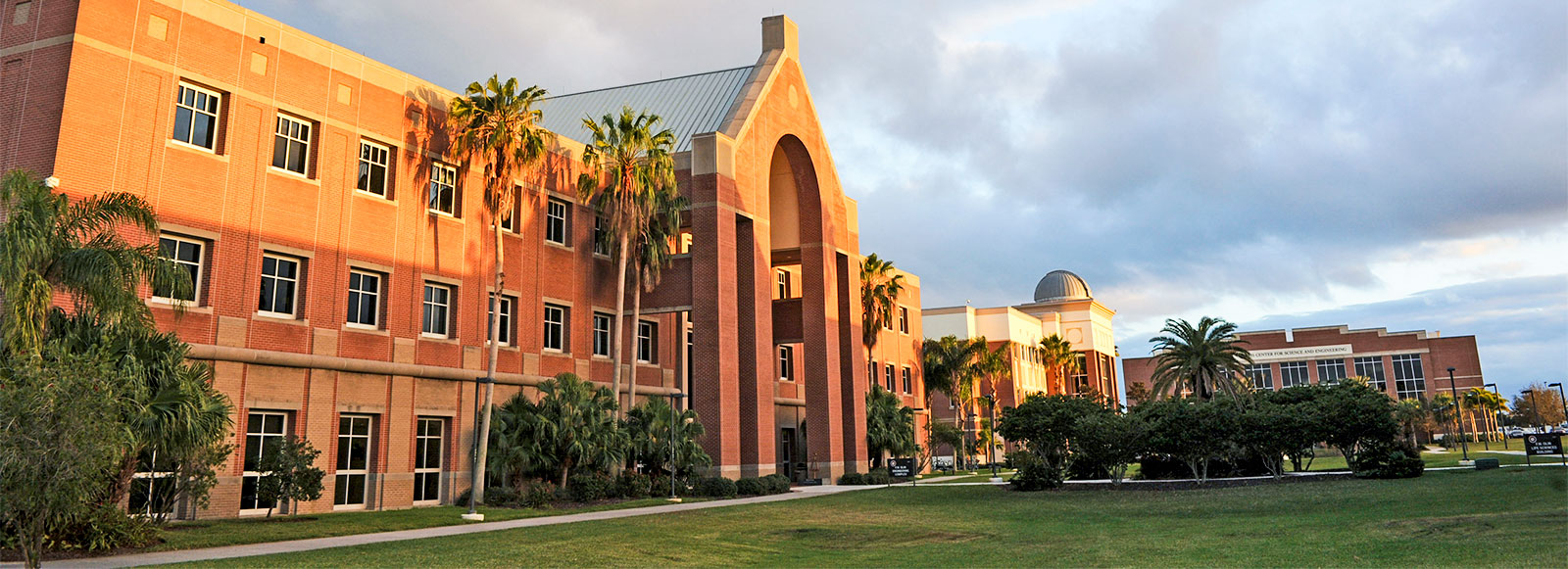Engineering And Science Research Areas Of Focus
The College of Engineering and Science is composed of world-recognized leaders in cutting-edge and high-tech research in a variety of areas. Our researchers and scientists work together in laboratories, centers, and institutes which are dedicated to expanding our knowledge of our world and universe through novel research and discovery. The integrated nature of our science and engineering research represents a unique opportunity for synergistic and multi-disciplinary collaboration. We invite you to explore the exciting work underway by our international community of scholars using the links below.
- Aerospace, Physics and Space Sciences Research
- Biomedical Engineering and Science Research
- Chemistry and Chemical Engineering Research
- Electrical Engineering and Computer Science Research
- Mathematics and Systems Engineering Research
- Mechanical and Civil Engineering Research
- Ocean Engineering and Marine Sciences Research

 Give to Florida Tech
Give to Florida Tech 